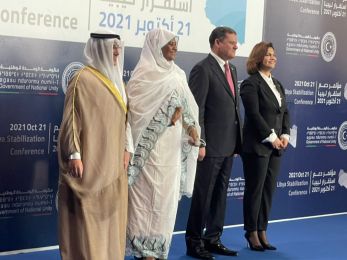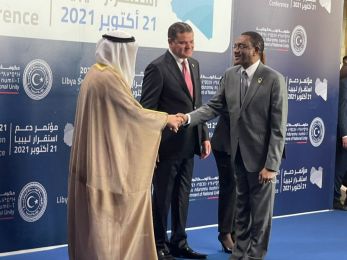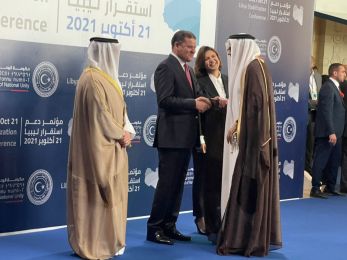Somalia’s institutions get boost to bring the country closer to debt relief
Mogadishu, Somalia (PANA) - In a context of multiple and overlapping shocks related to frequent climatic hazards, as well as widespread fragility, the Somali government is implementing an ambitious reform programme to build institutions.
It is also to attract investments, and achieve inclusive economic growth and job creation, aligned with the Ninth National Development Plan which outlines numerous priority areas for moving the country forward, several of which are supported by this Development Policy Financing (DPF).
“This DPF supports the government’s aspirations to build the foundations of a modern economy with strengthened institutions. It also signals the significant progress Somalia has made in terms of institution-building and economic development, paving the way for a more stable and sustainable future,” said Kristina Svensson, World Bank Country Manager for Somalia.
To develop high-potential sectors for economic growth, Somalia has approved new laws that establish the institutional environment in key sectors such as fisheries and electricity.
To mobilise much needed private capital to develop these sectors, a new investment and investor protection law was enacted.
To increase access to finance, a digital identification law was approved, which can support better know-your-customer protocols, alongside a data protection law to provide safeguards on the use of personal data.
The DPF supports the building blocks of harmonised customs regimes across Somalia, which can encourage cooperation, increase trade, raise revenues, and simplify procedures for the private sector.
In addition, as the volume of public resources increases, the DPF supports a strengthening of the external audit function, which is critical for safeguarding the use of public funds and building trust between the government and citizens in a context of weak governance.
Somalia’s substantial economic potential will only be realised with greater stability and improved governance arrangements, which can in turn help reduce fragmentation and strengthen the social contract.
Alongside efforts to implement institutional reforms, Somalia has signed debt relief agreements with major creditors and is holding discussions with some remaining bilateral and multilateral creditors.
Despite multiple shocks, Somalia is maintaining macroeconomic stability. These institution-building reforms take Somalia closer toward the goal of attaining debt relief, which will wipe away the legacy of loans contracted during the pre-civil war era, thereby turning a new page in the country’s development trajectory.
Resources from the DPF will help the government to ensure that essential public expenditures can be paid. Over time, institution-building and sustained economic growth can help Somalia to build buffers to shocks and strengthen resilience.
-0- PANA AR/MA 1Aug2023






